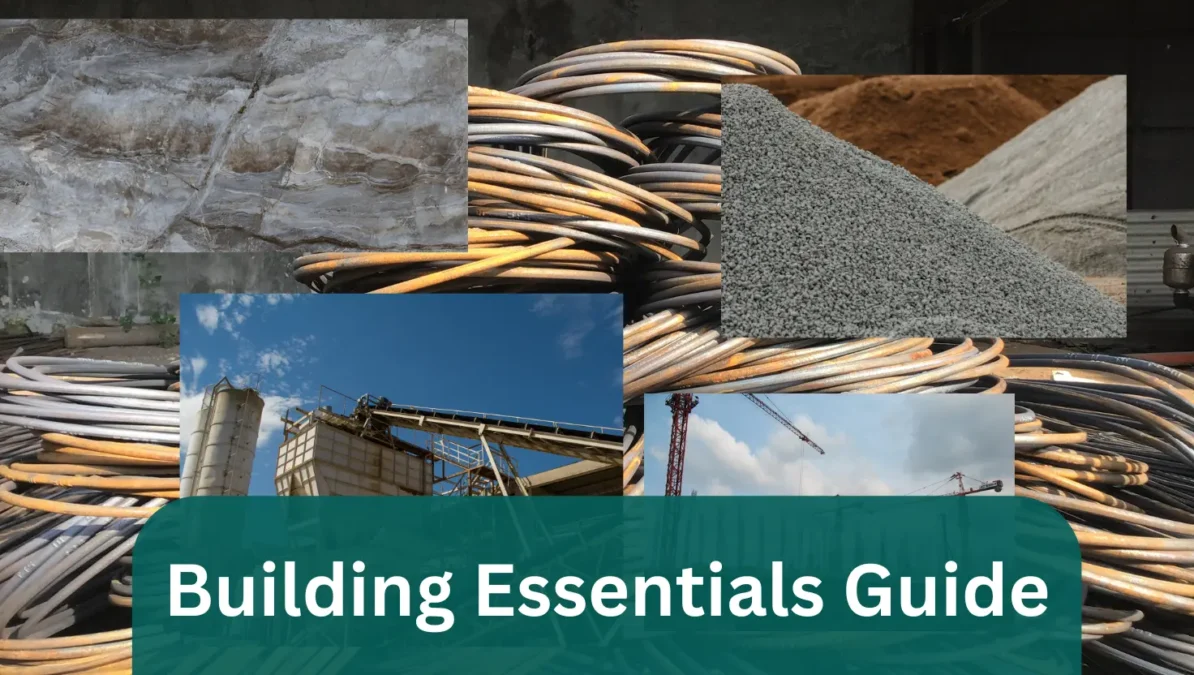Building Essentials Guide : Pakistan Material Rates 2025
Starting a construction project requires careful planning and an understanding of materials. Whether you’re building a home or managing a commercial project in Pakistan, having current market rates and quality information is essential for success.

Introduction
The foundation of any building project relies on quality materials. Here’s your comprehensive guide to essential materials used in Pakistan’s construction industry :
Cement and Concrete
Cement rates today vary across Pakistan, with prices fluctuating based on brand and quality. Choose the right cement quality for your specific needs, from foundation work to plastering. Stay updated with current cement prices to optimize your budget.
Steel and Support Materials
Current steel prices in Pakistan affect overall construction costs significantly. Understanding current steel rates helps in project planning. For foundations and support structures, check steel grade prices to ensure proper quality selection.
Modern roofing solutions depend on quality materials. Check TR girder rates today for reliable options. Our guide to current TR girder prices helps you plan efficient roofing systems.
Masonry Materials
Traditional brick rates vary by region and quality. Consider both current brick prices and durability ratings for your project. Monitor local brick market rates for cost-effective planning.
Traditional brick rates vary by region and quality. Consider both current brick prices and durability ratings for your project. Monitor local brick market rates for cost-effective planning.
Aggregates and Fillers
Current crush prices affect concrete quality and project costs. Regular monitoring of current crush rates ensures better budget management.
Bajri rates today impact foundation costs significantly. Track current bajri prices for optimal mixture ratios and better cost control.
Alternative Solutions
Modern cement block costs provide economical alternatives. Compare block prices today for different applications. Various cement block options suit different construction needs
Market Analysis and Planning
Making informed decisions requires understanding current market trends. Visit our main Construction Guide for comprehensive insights into building techniques and industry developments.
Construction Material Tips
- Compare prices across suppliers
- Verify material quality before purchase
- Consider bulk purchases for better rates
- Check material specifications
- Monitor seasonal price variations
Stay Updated
For the latest material prices and market updates, visit our Building Essentials section where we provide daily rate updates for all construction materials.

